A Historic Reign
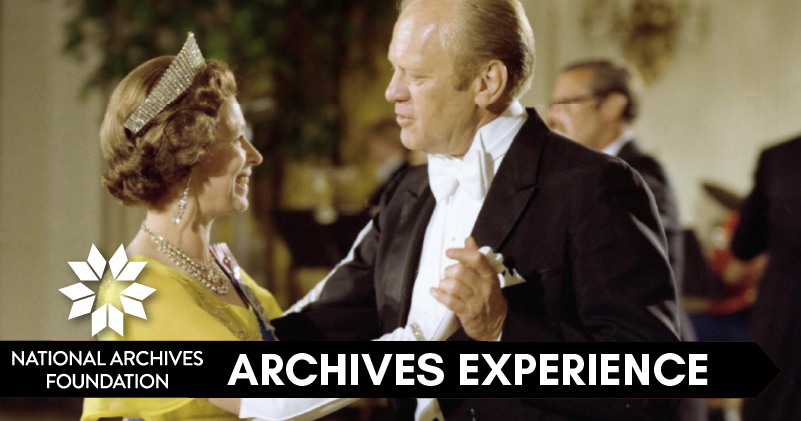
I met the Queen of England once. Well, some might say the term “met” is a bit of an embellishment. It was more like a drive-by.
One of my grand adventures as a child took place when my family went to the UK and Ireland for a vacation to connect with our family abroad. (It’s hard to throw a stone in Ireland without hitting a Madden or O’Madden!) In London, I recall seeing lots of celebratory signage about the Queen’s Silver Jubilee. I was a kid. I figured it was just a funny British term for “birthday.” Sure enough, one day while we were traversing the streets between tourist stops, a motorcade rolled past with lots of folks screaming and waving. Indeed, it was the Queen who rode by, looked right at me, and waved. I’m sure of it!
Last week, the world not only lost a leader, but one of particular significance. The longevity of Queen Elizabeth’s reign eclipsed that of any other monarch in Britain’s history. She lived through some of the most consequential periods of human history: a once-imperial Britain gave way to new, independent nations; mankind left the Earth for the moon and returned; the Berlin Wall went up and came down. Queen Elizabeth truly saw, lived, and made history.
While there are not many constants in modern history, the U.S.-UK relationship is one of them. This means records about the Queen can be found throughout her monarchy in the Archives holdings. From the home of the Declaration of Independence, we pay tribute to Queen Elizabeth II.
 |
 |

Patrick Madden
Executive Director
National Archives Foundation
The Platinum Rule
It’s rare that any head of state, even a monarch, spans multiple lifetimes as the leader of a nation. Contrast that with the short four-year terms that Presidents get, eight if you’re reelected. Some U.S. Senators have notable longevity, but none has been seated since 1952, Elizabeth’s accession year. And when compared to members of the House of Representatives, two years seems like a blip on the radar.
Throughout her reign, she gathered lessons from some of the most profound moments in history. And uniquely for a world leader, she was able to reflect on eras past to inform her nation’s present. Her constant leadership, along with the special relationship that has developed between the U.S. and Great Britain, provided every President since Eisenhower (plus those she met as princess) with the sage wisdom of history.
We’ll let the Presidents speak for themselves:
Ronald Reagan and the Queen were particularly close, and he described his evening on the Royal Yacht with himself, Elizabeth, Nancy, and Prince Philip as “a magic evening” with “really warm, likable people.”
“I really love the queen. She’s just like Toot, my grandmother. Courteous. Straightforward. All about what she thinks. She doesn’t suffer fools.”
~ Barack Obama, 2018
“We had a long talk. She was very generous,”
~ Donald Trump, 2018
“She reminded me of my mother, in terms of
the look of her and just the generosity.”
~ Joe Biden, 2021
“[Hillary and I] will always be grateful for the kindness she showed us through the years, particularly during our visits to Buckingham Palace in 1995 and 2000, and for all she did to deepen the Special Relationship.
~ Bill Clinton, 2022
“[Me and Laura] were honored to have known Her Majesty Queen Elizabeth II.
She was a woman of great intellect, charm, and wit. Spending time at Buckingham Palace, and having tea with Her Majesty – and her Corgis – is among our fondest memories of the presidency.”
~ George W. Bush, 2022




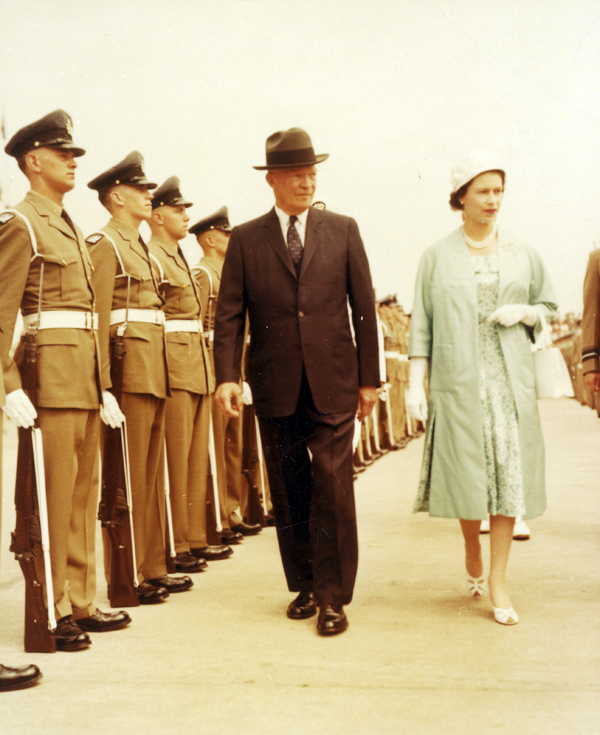




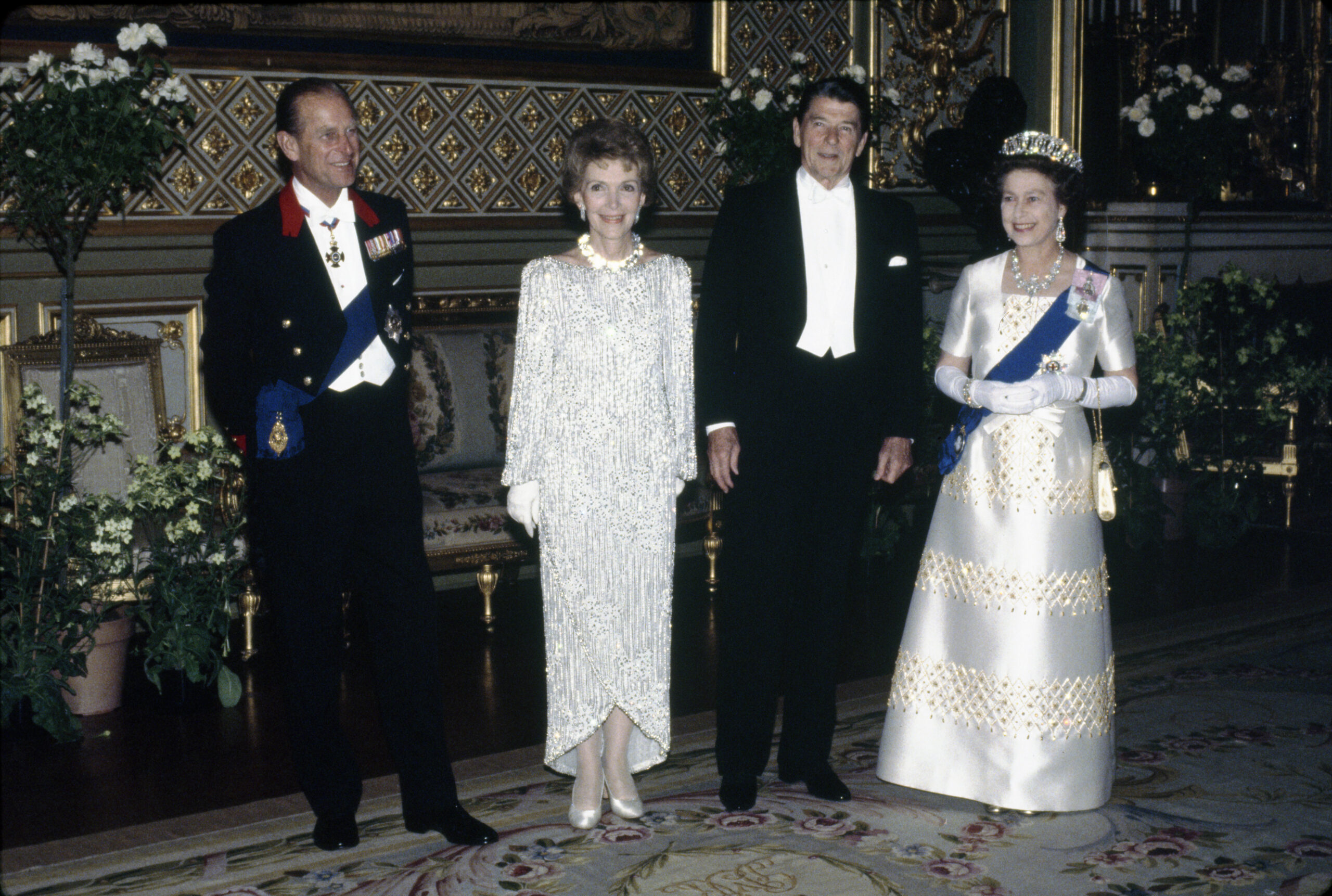






















To view the text of a document or the full image, click on the image displayed above
President Obama on Diamond Jubilee
(1 minute 39 seconds)
Source: The Obama White House YouTube
A Front Row to History
American history is a small window in the history of the world, but within it are some of the most consequential events, especially during the twentieth century. World War II, the Cold War, the “British Invasion,” the moon landing, and the invention of the smartphone were all events that Elizabeth II personally lived through and witnessed. (Quick poll: do we think the Queen was team iPhone or team Android?)
From her coronation to contemporary events, the Archives documents how the Queen reacted to these major events in history through our relationship with Great Britain.
Even though Queen Elizabeth took the throne the moment her father passed in 1952, her coronation was not officially celebrated until the following year, and it was a worldwide event. Her coronation was a historical event in and of itself; not only was it attended by heads of state and their representatives, but it was the first coronation in history to be televised. Perhaps one of the most important questions, then, is what to wear to such an event. Luckily for the U.S. Ambassador and his diplomatic team, the palace clearly outlined the dress code for that auspicious event.
 Coronation dress code pg 1 Source: NARA’s Text Message blog |
 Coronation dress code pg 2 Source: NARA’s Text Message blog |
In 1961, just months after President Kennedy took office, he and his wife Jackie were welcomed at Buckingham Palace. There are some conflicting reports of the visit, from the Kennedys being underwhelmed by the palace and the Queen to the Queen just barely extending an invitation to Princess Radziwill, Jackie’s sister, and her husband. Both had been divorced, and being entertained at the palace was a privilege rarely granted to divorceés. But in this instance, the Queen broke protocol.
Rumors about the meeting and lack of warmth between the couples swirled in the press, and the real truth is probably somewhere between close friendship and the icey depiction of the event in The Crown. Nevertheless, upon the assassination of JFK, Elizabeth and the palace joined America in both mourning and memorial. The flags at Westminster were flown at half-mast, a procedure reserved for the death of a royal family member. Two years after his death, Elizabeth opened a memorial to JFK at Runnymede, the site where the sealing of the Magna Carta took place. The dedication of the memorial was attended by his widow Jaqueline and children John and Caroline. The Queen and Jackie wrote to each other until Jackie’s death in 1994.
 Queen Opens Runnymeade for JFK Memorial Source: JFK Library |
 Queen inaugurates JFK Memorial Source: JFK Library |
On February 20, 1962, John Glenn became the first American to orbit the Earth. His flight time lasted 4 hours, 55 minutes, and 23 seconds, and in that time he orbited the Earth three times. He and his spacecraft, the Friendship 7, landed in the Atlantic Ocean, completing a major milestone on America’s journey to the moon.
In celebration of this achievement, the Queen sent the messages below to President Kennedy. When the U.S. successfully went to the moon a few years later, she included a message that traveled along with the astronauts, expressing hope that the trip would increase the knowledge and well-being of mankind. Like most of the world, she joined her family in front of her TV screen to witness the landing live.
 Space flight congratulatory message Source: JFK Library |
 Space flight congratulatory message reply Source: JFK Library |
Astronauts from the moon landing meet the Royal Family
(2 minute 16 seconds – No Sound)
Princess Elizabeth was just eighteen when she joined the Royal Army during World War II. She served in the Auxiliary Territorial Service (ATS) as a mechanic and moved up the rank to the equivalent of a captain. This was no ceremonial unit – as many as 200,000 women served in the ATS throughout World War II, and more than 335 were killed on the front lines. Until her death, she was the only modern head of state to have served in the warI.
That made her participation at the fortieth anniversary of DDay all the more personal. The queen gathered with President Ronald Reagan, his wife Nancy, and other European monarchs and heads of state at Omaha Beach to pay tribute to those killed in the liberation of Europe.
 Queen attendees DDay 40th anniversary with Ronald Reagan and other world leaders National Archives Identifier: 6398892 |
Two days ago, the world commemorated the twenty-first anniversary of the September 11th attacks.
After that day, President Bush gave perhaps one of the most iconic speeches of his presidency, saying, “The whole world can hear you.” That, of course, included our friends in Great Britain.
Queen Elizabeth made history of her own related to 9/11. In a significant break from royal protocol, she ordered the band of the Coldstream Guards to play “The Star Spangled Banner” during the changing of the guard, a tradition dating back to at least 1660. The following day, she attended a memorial service for the victims at St. Paul’s cathedral, where she again broke protocol with the playing of the U.S. national anthem. In 2010, the Queen visited Ground Zero for the first time.
 George W. Bush speaks at Ground Zero on 9/11 National Archives Identifier: 5997294 |
All The Queen’s Horses
Over the weekend, the sports world mourned the Queen with moments of silence and tributes before the usual games. Elizabeth herself enjoyed her time as a ceremonial part of sports. She was the only head of state to open two different Olympic Games, and she dropped the puck at a Canucks game in 2002, which drew so much attention that stadium seating had to be expanded.
But the Queen also enjoyed participating in sports. She was an avid horseback rider, something she had in common with President Ronald Reagan. Not only did she visit his California ranch, but the pair also rode horses at Windsor Castle during his official visits.



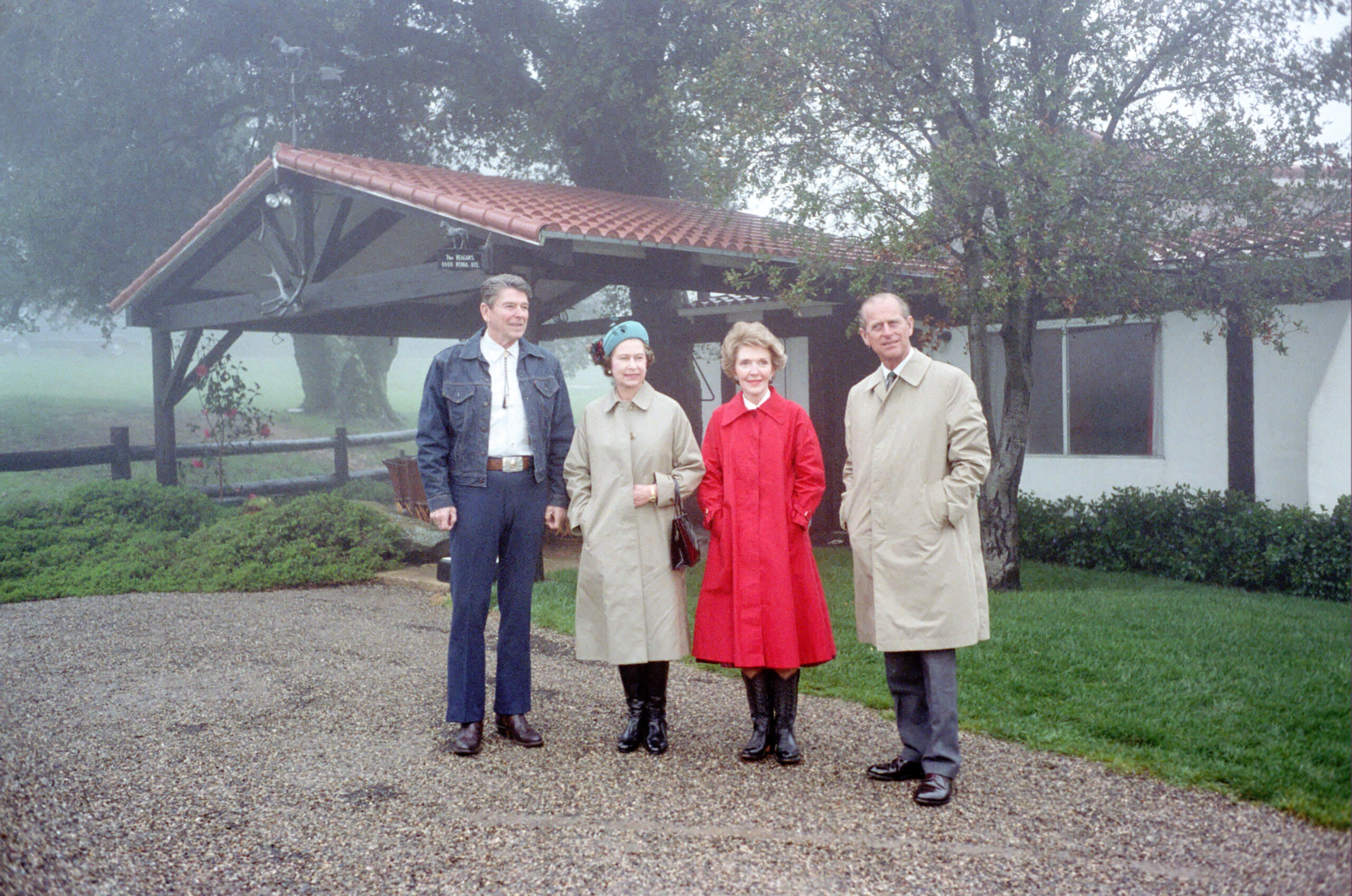




To view the text of a document or the full image, click on the image displayed above

This image was taken by photographer Annie Liebovitz to commemorate the Official State Visit of Queen Elizabeth II to the United States from May 3rd – 8,th 2007.
The Queen’s press secretary requested that the photograph be donated to the National Archives for a display in the Rotunda honoring the Queen’s state visit. The photo will be displayed in the National Archives Rotunda from September 12th – October 13th

Have Your Cake…and Archive it Too!

Portion of
royal wedding cake
FDR Library – Artifacts Identifier: 4394
A few months ago, we did a story about a more than one-hundred-year-old piece of cake belonging to Dwight D. Eisenhower’s mother-in-law. You would think that old cake, particularly in a government archival facility, would be a unique find. But apparently not!
On November 20, 1947, Princess Elizabeth married Philip Mountbatten, Duke of Edinburgh. Their wedding cake was an astounding nine feet tall and weighed 300 pounds. Either for fun or out of necessity (or perhaps both?!), the Duke used his Mountbatten sword to cut the couple’s cake during the reception. Pieces of it were sent all over the world as gifts. One piece in particular was sent to Eleanor Roosevelt. Apparently it went uneaten, as it’s still in the Archives!
Fit for a (Future) King
On March 15, 2018, the Archives received a Royal Visit from Charles, Prince of Wales. Despite being the home of the Declaration of Independence, which broke us off from Great Britain, the Archives contains many documents that celebrate our ties to the Kingdom of Great Britain.
Charles was given a special tour of the museum by former Archivist David Ferriero, where he viewed the 1297 Magna Carta, a document that curtailed the powers of the king for the first time in history and provided the Founding Fathers a blueprint to write our own Charters of Freedom.
He was also presented with two document facsimiles as gifts. The first was the patent for a polo stick, which was created by his beloved uncle Lord Mountbatten. The second was a telegram from the palace to the United States Embassy with a request for information: seven-year-old Prince Charles had been gifted a “midget car,” a type of car used by British children for racing that could reach up to forty mph. In the telegram, the palace requests that the U.S. find out what kind of oil the car would need for repairs, as it was built by Ford in Detroit, Michigan.



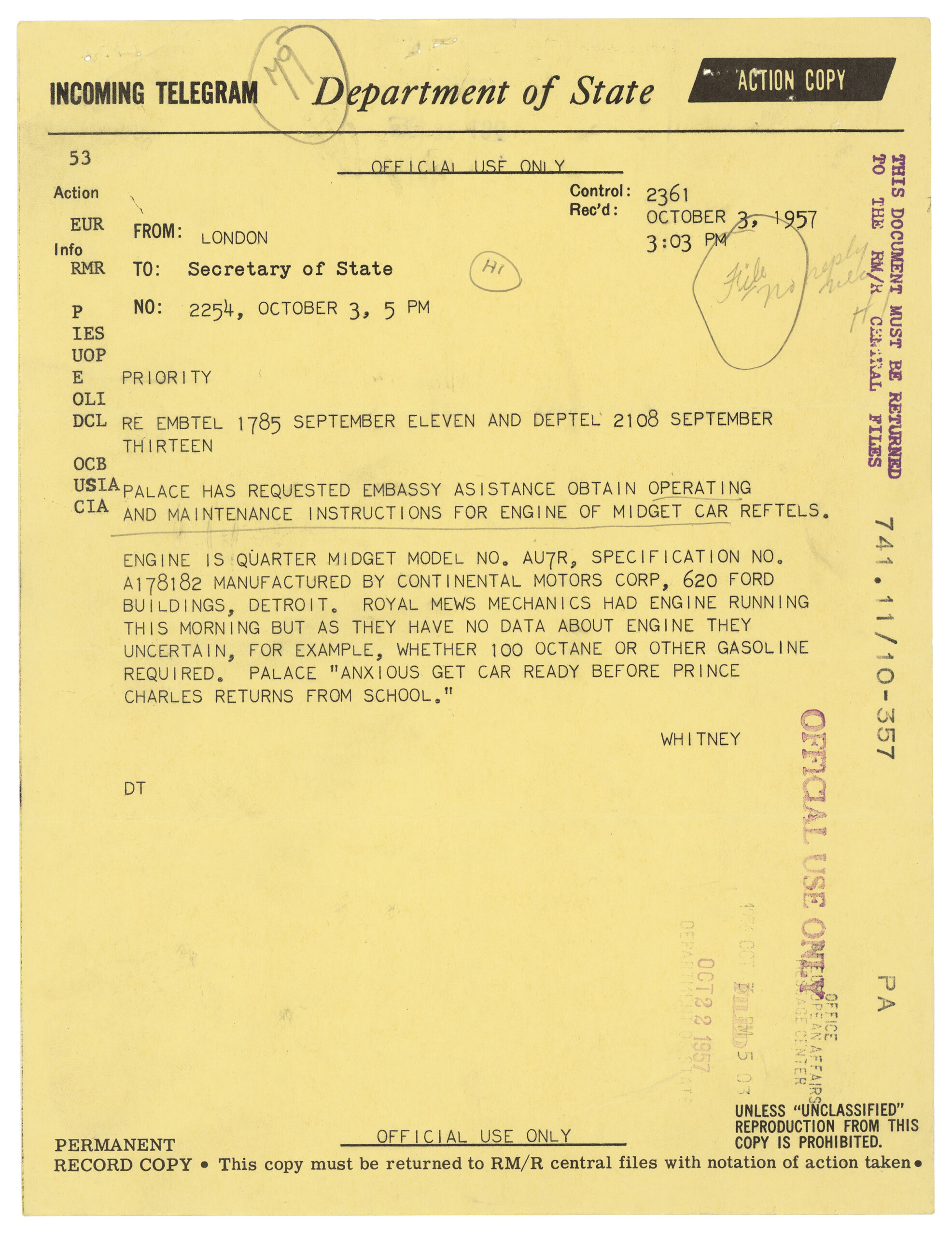




To view the text of a document or the full image, click on the image displayed above






